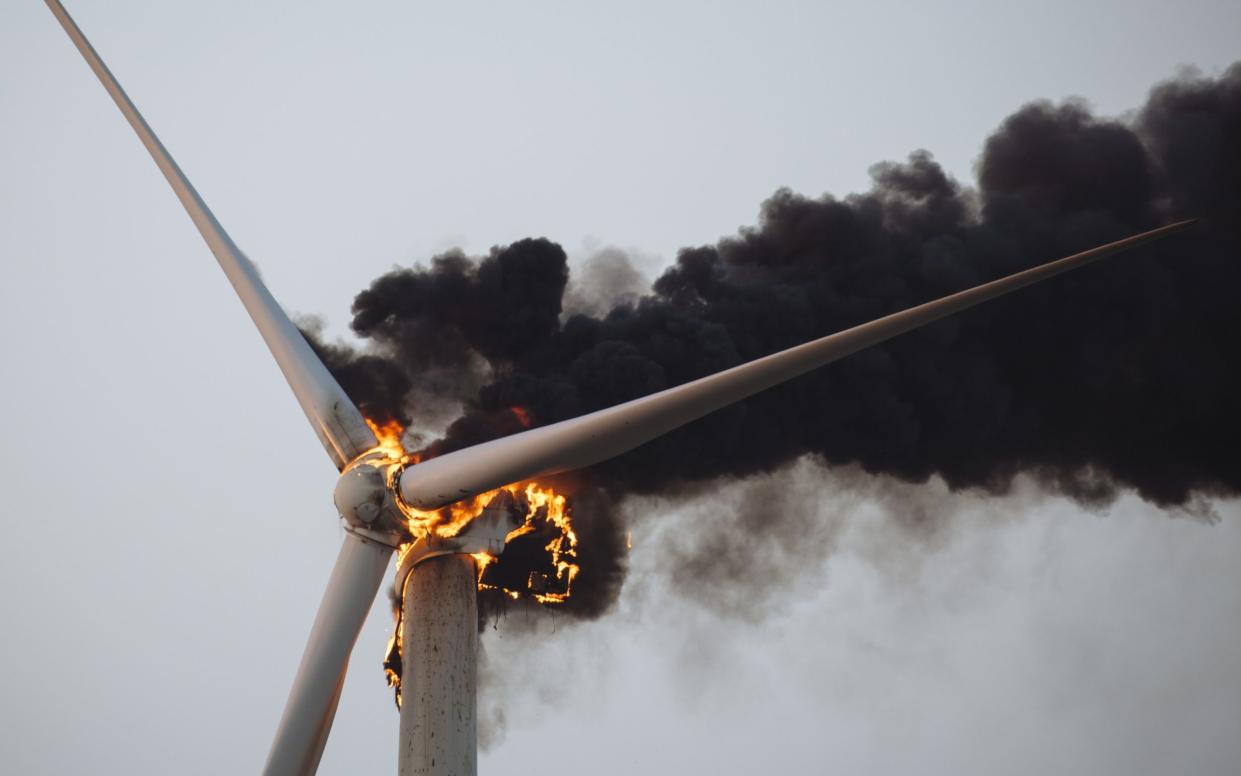There is no green ‘transition’ to renewable energy. China and India are playing us for fools

We’re constantly told nowadays that an “energy transition” is underway, from the fossil-fuel powered world of yesterday to the renewables-powered one of tomorrow. But is this actually happening? It’s a question on many minds these days, and one that comes with varying answers depending on who’s answering.
For Daniel Yergin, Vice Chairman of S&P Global and author of best-selling books like The Prize and The New Map, the answer is complex and fraught with uncertainty, far more than policymakers in the western developed world would like. I was able to interview Yergin recently in the wake of the publication of a new study that is a joint project between S&P Global and the International Energy Forum (IEF). The study, titled “Shaping a Living Roadmap for Energy Transition,” assesses the status of what is referred to as the energy transition, and finds it has in fact evolved into a set of widely disparate transitions among nations in differing geographies and with differing states of economic and societal development.
“I think that what drove this study on energy transition is the sense that the last two years have demonstrated that it is more complicated and indeed more challenging than just drawing a scenario and putting numbers on it and saying this is how it would happen,” Yergin says, adding that priorities of national energy security have risen to increased prominence in the wake of Russia’s ongoing war on Ukraine.
He points to Germany, long a leading proponent of renewable energy, as a prime example of this reality.
“Germany would not have given a minute’s thought to importing liquefied natural gas from the United States two years ago, but is now importing US LNG and building import terminals, which just wouldn’t have happened before,” he points out. “So, when governments, even Western governments, are faced with energy security issues, price issues, they kind of have to rethink their policies.” He is quick to add, though, that Germany’s new-found appetite for US LNG does not mean Germany has abandoned its climate commitments, just that the shifting geopolitical situation forced officials to re-think and adjust the direction of its transition to bolster energy security.
For China no such adjustment has been necessary, since the Xi Jinping government has always prioritized energy security above climate goals. China, which retains its nominal status as a “developing nation” in the eyes of the UN and other global organizations despite having the world’s second-biggest economy, has been happy to let western developed nations sacrifice economic and grid stability in pursuit of “net-zero by 2050” goals while it has continued to commission hundreds of new coal-fired power plants and become the world’s biggest importer of crude oil. Even the timing of China’s own climate commitment – net-zero by 2060, not 2050 – reflects the priority Xi and his ministers afford energy security in their thinking. A similar dynamic is at play in the world’s most populous country, India, whose own climate commitment timing is 2070, even further out into the future.
Likewise, the study points out that other developing nations in Asia, Africa and other regions continue to push back on western efforts to force them to abandon the use of fossil fuels to grow their own economies and allow their people to rise out of energy poverty in the same way those western nations have enjoyed over the course of the last 160 years.
“People from all over Asia have a very different perspective because they said, you know, we need energy to grow, we need natural gas to grow,” he says. “We’d like to use natural gas to replace coal in electric generation. It’s a very different agenda.”
In The New Map, Yergin sets out the reality that past energy transitions, like the one in the UK from wood to coal that began in the 1500s, have taken place across a century or more and have never ended with the former energy source being abandoned. In fact, the world burned more wood for energy in 2022 than ever before, just as it used more oil, coal, and natural gas than in any other year on record. At the same time, though, we currently see heavily subsidized renewable energy sources like wind and solar rapidly expanding, along with myriad innovations taking place in battery technologies, hydrogen, and modular nuclear facilities.
What it all boils down to is this: the prevailing narrative being pushed by policymakers, activists and much of the western news media of an energy transition that will dramatically reduce the use of fossil fuels and achieve net-zero emissions by 2050 is a fantasy. The direction and pace of whatever transition ultimately occurs will be dictated by real-world complexities and events, not by schemes promoted in Brussels, Washington DC, and London.

